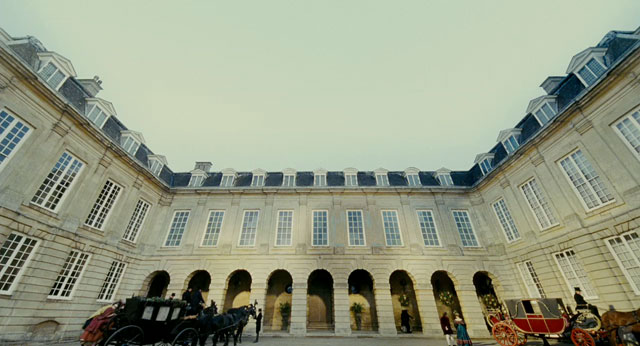Short-siding – How David Fincher and Nicolas Winding Refn Get it Right
By Jason Haggstrom, January 30, 2013

In my recent takedown of The King’s Speech, I focused largely on director Tom Hooper’s overbearing use of "short-siding" (i.e., framing a shot so a character looks and speaks towards the edge of the frame that they are most closely positioned rather than across the length of the frame to where their partner in conversation will appear after the next cut).
As with any artistic choice available to a director, short-siding is not inherently evil. But by making it the default mode of framing in The King’s Speech, Hooper turned it into a mere gimmick—conspicuous, but never compelling. When used sparingly and with intelligence in a richly designed scene, the short-sided shot becomes a component to help convey apprehension and conflict. When used well, you may not even notice that short-siding was ever used at all.
Below are but two recent examples where short-siding was used by a director to great effect.

